Cover Letter Template for Marketing Position
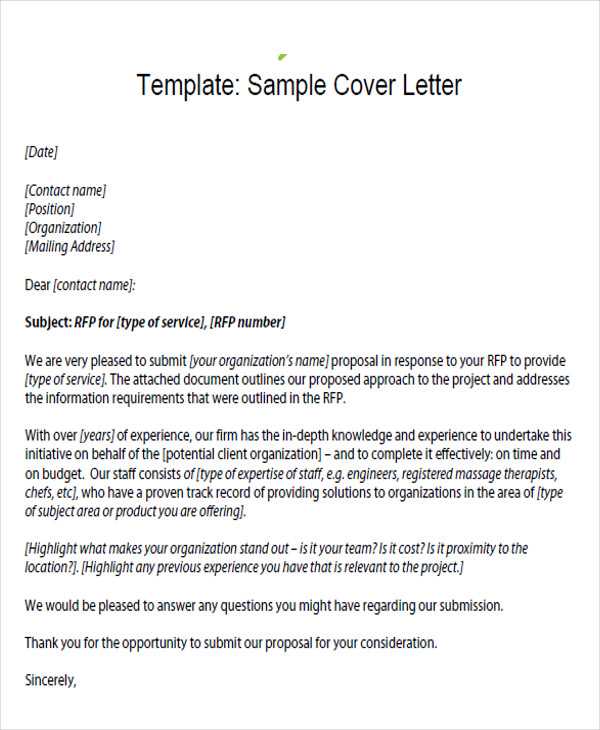
When applying for a new role, presenting yourself clearly and professionally is crucial. A well-written document can make a significant difference in grabbing the attention of potential employers and showcasing your qualifications effectively.
Structuring your message is key to ensuring you stand out. This document is your opportunity to highlight your experience and passion, while addressing the employer’s needs in a concise, compelling manner. Tailoring each paragraph to reflect the job requirements will demonstrate that you’ve done your research and are genuinely interested in the opportunity.
Carefully choosing your words is essential. Focusing on your skills and achievements without being overly verbose will keep your content impactful and easy to read. A polished and thoughtful document reflects both your professionalism and enthusiasm for the job at hand.
Essential Components of a Marketing Cover Letter
When crafting a compelling application document, certain elements are crucial to ensure your message resonates with employers. Each section should serve a specific purpose, allowing you to present your qualifications clearly and confidently. Organizing your content in a structured way will help you create an impactful impression right from the start.
| Component | Description |
|---|---|
| Introduction | Begin with a brief greeting and state your interest in the role. Mention where you found the job listing and express enthusiasm for the opportunity. |
| Skills and Experience | Highlight relevant skills and accomplishments. Focus on achievements that align with the employer’s needs and demonstrate how you can contribute to the team. |
| Value Proposition | Explain why you’re the ideal candidate. Link your skills to the company’s goals and show how you can make an impact in the role. |
| Closing | Conclude with a strong closing statement, reaffirming your enthusiasm and interest in further discussion. Provide your contact details and express willingness for an interview. |
How to Tailor Your Letter for Employers
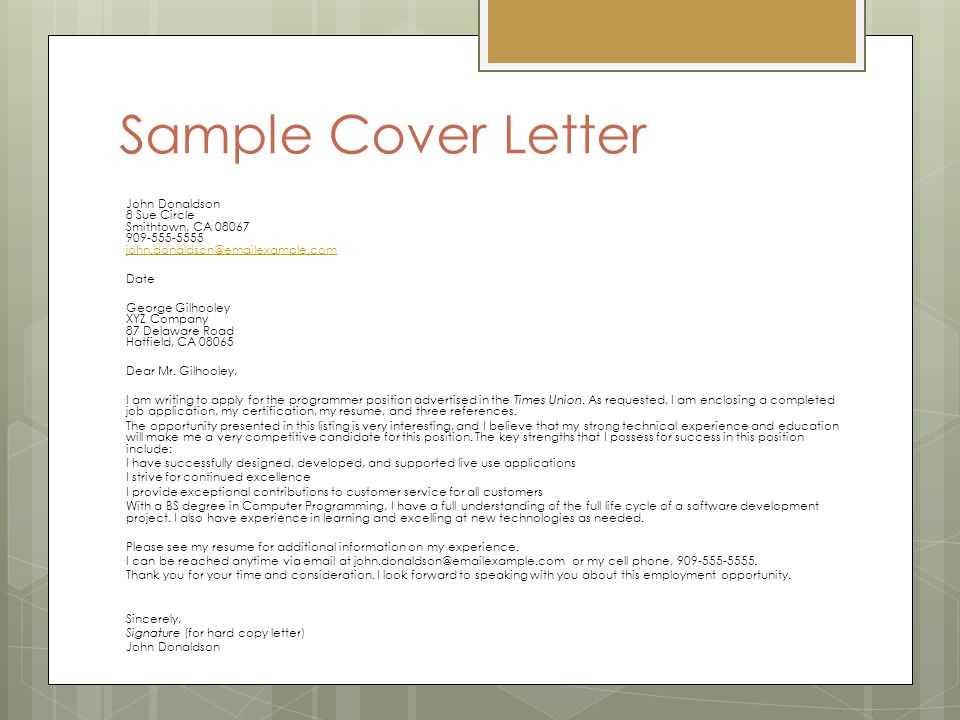
Customizing your application message to match the employer’s expectations is essential. It’s important to highlight the skills and experiences most relevant to the specific role and company. This tailored approach not only demonstrates your genuine interest but also shows that you’ve taken the time to understand what the employer is looking for in a candidate.
Start by carefully reading the job description and identifying key qualifications. Emphasize your most relevant achievements and experiences that align with the role. Avoid generic statements, and instead, focus on specific examples that demonstrate your expertise and how you can bring value to the team.
Additionally, consider the company’s culture and values. Tailoring your tone and language to fit the organization’s environment can make your application stand out. Whether the company is more formal or creative, matching your communication style can help you connect with potential employers more effectively.
Common Mistakes to Avoid in Your Application
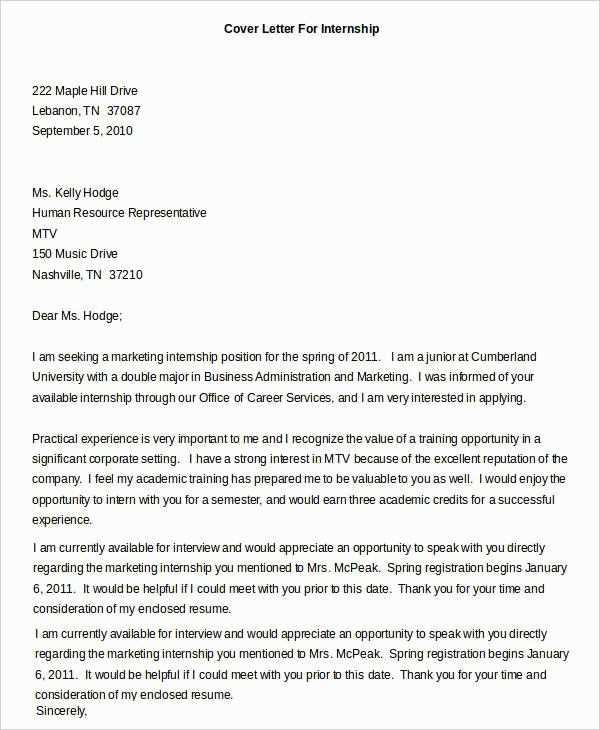
While preparing your application, it’s crucial to be mindful of common errors that can undermine your chances of making a strong impression. These mistakes often result from a lack of attention to detail, leaving a negative perception with potential employers. Avoiding them can greatly improve the quality and effectiveness of your submission.
- Using a generic message – Tailoring your content to the specific role and company is essential. Avoid sending the same application to multiple employers without customization.
- Spelling and grammar errors – These mistakes can make you appear unprofessional. Always proofread your document or have someone else review it before submission.
- Being overly vague – Employers want to know how your experience aligns with their needs. Provide clear, specific examples that demonstrate your qualifications.
- Overloading with information – Avoid including irrelevant details. Focus on the most important skills and experiences that are directly related to the job.
- Ignoring formatting – A cluttered or hard-to-read document can turn employers away. Keep your format clean, concise, and easy to follow.
By steering clear of these common pitfalls, you can create a more polished and targeted application that resonates with employers and sets you apart from other candidates.
Showcasing Your Skills and Achievements
Demonstrating your capabilities effectively is one of the most important aspects of any application. By highlighting your most relevant accomplishments, you provide a clear picture of how your expertise aligns with the role. It’s essential to showcase not only your skills but also the impact those abilities have had in your previous roles.
Focus on Results
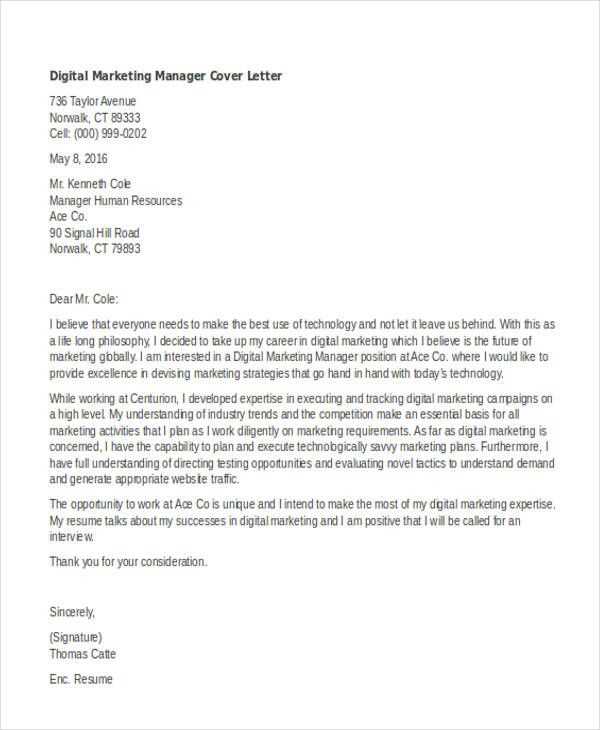
Employers are often more interested in outcomes than the tasks you performed. Rather than just listing responsibilities, emphasize the results you achieved. Whether you increased sales, improved processes, or led successful projects, show how your efforts made a tangible difference.
Use Quantifiable Metrics
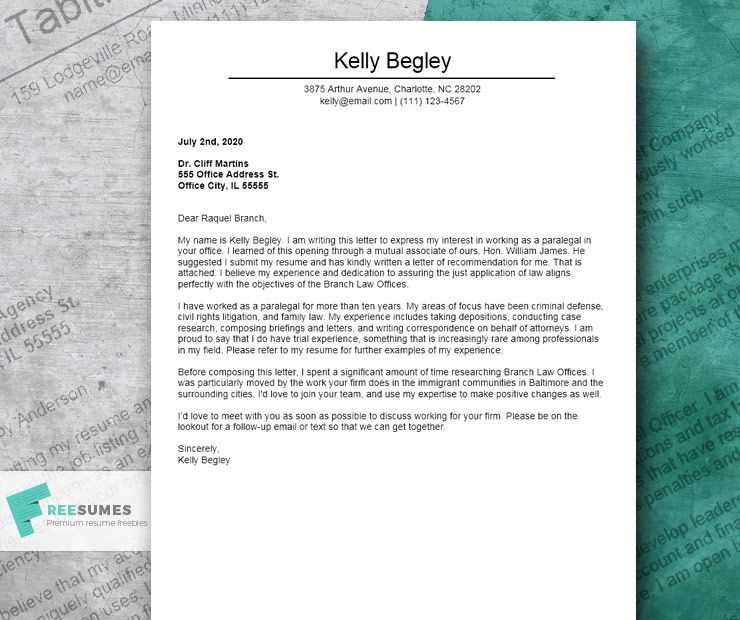
Incorporating numbers into your examples can make your achievements more concrete and persuasive. Specific metrics, such as percentage growth or revenue increases, provide evidence of your success and make your application stand out.
Tailoring your examples to the job description is also key. Focus on the skills that directly align with the employer’s needs and explain how your background can contribute to their goals.
Formatting Tips for a Professional Appeal
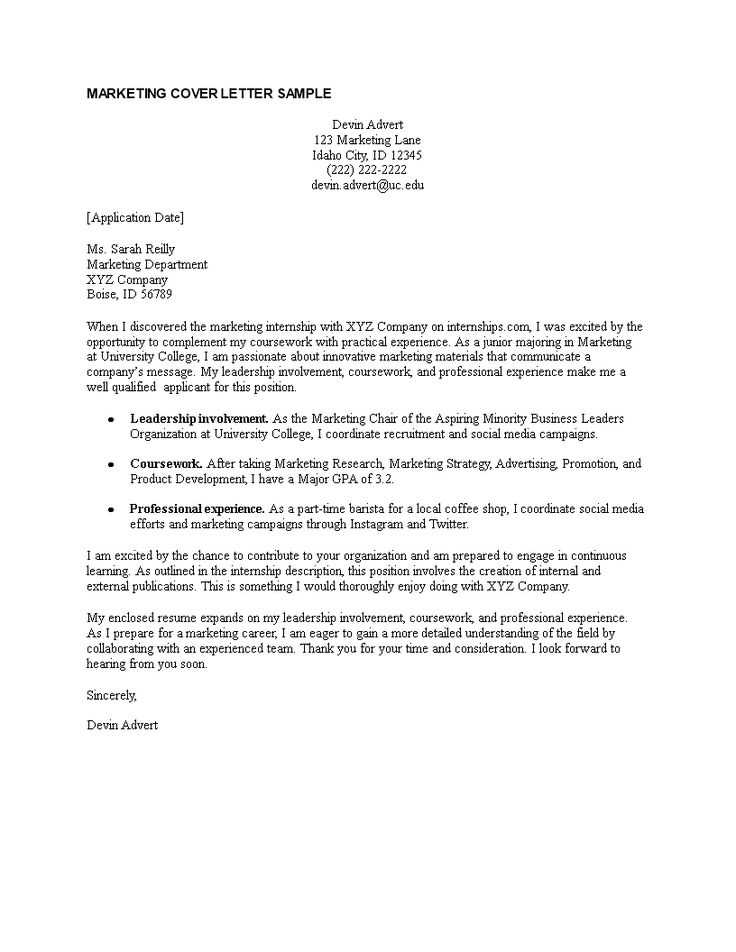
Proper formatting plays a vital role in ensuring that your application is both readable and visually appealing. A well-organized document reflects professionalism and makes it easier for hiring managers to quickly review your qualifications. Paying attention to the layout and structure can help you stand out in a competitive job market.
First, choose a clean, easy-to-read font such as Arial or Times New Roman. Keep the font size between 10 and 12 points to ensure readability. Use bold or italics sparingly to highlight important sections, but avoid overusing them as it can create visual clutter.
Ensure your margins are balanced and consistent. A standard 1-inch margin on all sides helps maintain a professional look and provides enough white space for ease of reading. Also, align your text to the left and avoid justified text, which can create uneven spacing.
Break up your content into short, clear paragraphs. This makes your message easier to follow and ensures that each idea is presented concisely. Bullet points or numbered lists can be useful for emphasizing key achievements or skills without overwhelming the reader.
Finally, ensure that your document is free from unnecessary graphics, colors, or other distracting elements. The focus should remain on your qualifications and how well you fit the role.
Using Keywords to Pass ATS Filters
Many companies use automated systems to review applications before a human ever sees them. These systems, known as Applicant Tracking Systems (ATS), scan documents for specific keywords related to the job. To increase the chances of your application being seen by a hiring manager, it’s crucial to include the right terms that match the job description.
Start by carefully reviewing the job posting and identifying important keywords such as skills, qualifications, and industry-specific terminology. Include these keywords naturally throughout your application. This will help ensure that your document ranks higher in ATS scans without sounding forced or artificial.
Don’t just focus on job titles. Incorporate relevant skills, certifications, and experiences that align with the employer’s needs. For example, if the job requires “project management” skills, make sure you mention specific projects you’ve managed, using the exact phrase from the job description.
Optimizing your content in this way can greatly improve the likelihood of your application making it past the initial automated screenings. However, remember that your application should still be readable and appealing to humans, so avoid overloading your document with too many keywords.